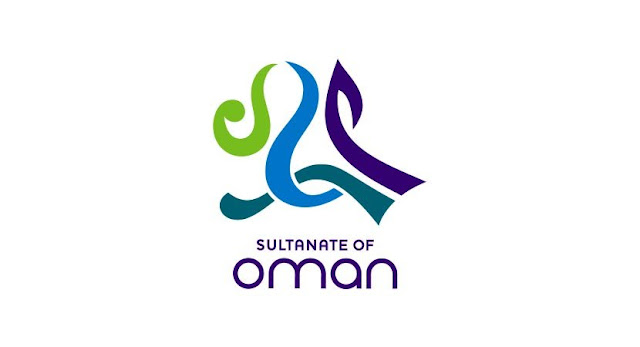Intel 5G technology at the Olympic Games Tokyo 2020
by Shrutee K/DNS
Success of the world’s largest 5G technology showcase at the Olympic Winter Games PyeongChang 2018 helps advance high-speed wireless to a bigger arena in Tokyo
As a global Olympic Games sponsor through 2024, Intel kicked-off our presence at Mobile World Congress this week with an event celebrating the evolution of 5G technology through the lens of the Olympic Games. I was joined onstage today by my colleague, Sandra Rivera, and our business collaborators –South Korean communications service provider KT Corporation, Japanese communications service provider NTT DOCOMO, and Toyota .
Intel collaborated this winter withKT (a National Partner of PyeongChang 2018) to deliver the Winter Olympics’ first broad-scale 5G network, powered by Intel 5G technologies. On stage today, the improved fan experience wasrecounted, whichincluded interactive 3D, 360-degree and “time-sliced” viewing and replays. It was discussed how 5G provided the high-speed, low-latency platform to launch these new experiences.
The work Intel and our partners debuted in Korea provides a valuable blueprint to keep advancing 5G’s journey – from lab to real-world enabler of transformative new services. We were able to field-test 5G strengths and show billions of people some of the most exciting 5G applications.
Intel and its industry-leading technology collaborators will use these invaluable insights from PyeongChang 2018 in providing new experiences for everything from sports, entertainment and media, connected cars and healthcare to virtual reality and machine intelligence.
The Olympic Winter Games PyeongChang 2018 were a successful qualifying trial for even bigger, more dramatic arenas: the Olympic Games Tokyo 2020 and widespread global rollout of 5G commercial standards and networks by that same year.
As we look to 2020, Intel is excited to unveil today our collaboration with NTT DOCOMO (a National Partner of Tokyo 2020) to provide 5G technology for the next Olympic Games. Intel hopes to establish what’s expected to be the world’s largest 5G commercial network. Imagine the Olympics when the industry has once again raised the bar to a new standard:
High-Resolution Video. Expected 360 degree, 8K-video streams may showcase real-time action across high-resolution immersive devices at Olympic venues. Instead of watching the newly inducted sport of surfing from the beach with binoculars, for example, viewers will feel like they’re riding waves with the athlete. Home viewers may be able to take in the action using virtual reality from their TV, headset or wireless device – running on transformed 5G networks capable of delivering massive amounts of data at multi-gigabit speeds.
Drones. Building on our success in Korea, these ever smaller, faster and more agile devices fitted with high definition cameras could transmit Olympic event action in real time over a massive 5G network.
Smart city sensors and fully connected cars have the ability to change the way fans physically move through the city of Tokyo. Because of heightened intelligence in devices and at the edge, the 5G network will tackle unique data-intensive workloads, such as pervasive facial recognition, useful for everything from stadium access to threat reduction. Intel and and other Olympic Partners may offer the latest iteration of 5G communications for vehicles, which already have achieved data speeds of up to 1 Gbps for 4K-resolution video communications with a vehicle traveling at 30 km/h.
Athletes will also gain a new edge from 5G as they train and compete. Access to rich data and analytics will let them course-correct their training programs. Wearables, smart eHealth equipment and AR/VR simulations, all optimized over a 5G network, will leverage artificial intelligence to help competitors step up their game.
The race to 5G, however, is a marathon and not a sprint. Intel continues our long-term commitment to heighten awareness and help create global standards that will accelerate advances in industries and spark new breakthrough business models and customer benefits.
Intel’s 5G technologies, modems and a flexible and agile network infrastructure platforms will help us develop gigabit connectivity, new mobility solutions, more immersive viewership experiences, cutting-edge smart city applications and advanced broadcasting services. We’re already developing next-generation apps made possible by this huge scale-up and blazing-fast network speeds with unparalleled connectivity.
We are optimistic about what the 5G connected world can do for us in the next few years, as we continue to define, prototype, test and deliver next-generation 5G technologies, products and solutions. Just as athletes become champions by constantly building, improving and learning new skills, I know with great certainty that Intel and its 5G collaborators share that same deep commitment to refining and deploying this fantastic, flexible, and highly transformative technology.



Comments
Post a Comment